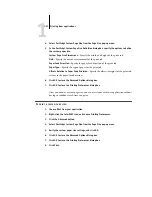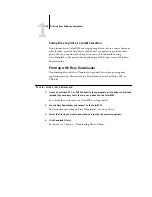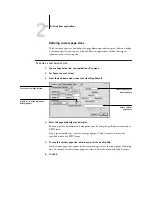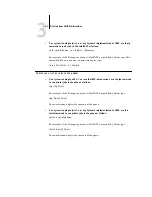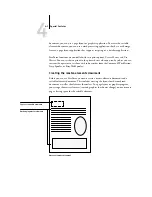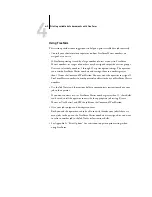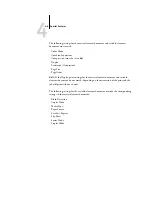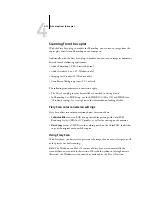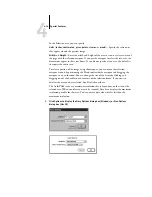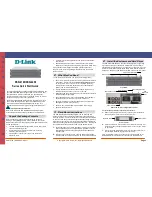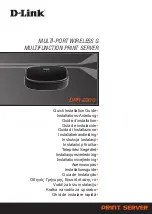
4
4-1
Printing variable data documents with FreeForm
This chapter describes some of the special features supported by the ColorPASS
including:
• Printing variable data documents using FreeForm
™
Printing simulations
• Printing duplex pages
• Scanning images from the copier using Fiery Scan
Printing variable data documents with FreeForm
Variable data printing is typically used for direct-mail advertising or other targeted
mailings. It involves combining a set of master elements that are common across copies
of a document with a set of variable elements that change from copy to copy. An
example is a brochure that greets customers by name and may include other personal
information about the customer obtained from a marketing database. Background
elements, illustrations, and text blocks that do not change across copies of the brochure
comprise the master elements. The customer’s name and other customer-specific
information comprise the variable elements.
How FreeForm works
The basic premise of FreeForm variable data printing is that the master-element data
for the job can be sent to the ColorPASS and rasterized separately from the variable-
element data. The master-element data is stored on the ColorPASS in prerasterized
form as a FreeForm Master, and can be used as often as needed with multiple sets of
variable-element data. Because the FreeForm Master job is preRIPped and stored on
the ColorPASS, the only RIP time required for variable data print jobs is the time
needed to RIP the variable-element data. In fact, FreeForm Masters can be used for any
fixed-element data that you might combine with different data from day to day. For
example, a letterhead template can be stored as a FreeForm Master and used repeatedly
as the background for different letter content (the variable-element data).
FreeForm allows you to create the master-element and variable-element documents
using any application you wish. The two documents can be created using different
applications, or even different computer platforms. To create the master-elements
Chapter 4:
Special Features

